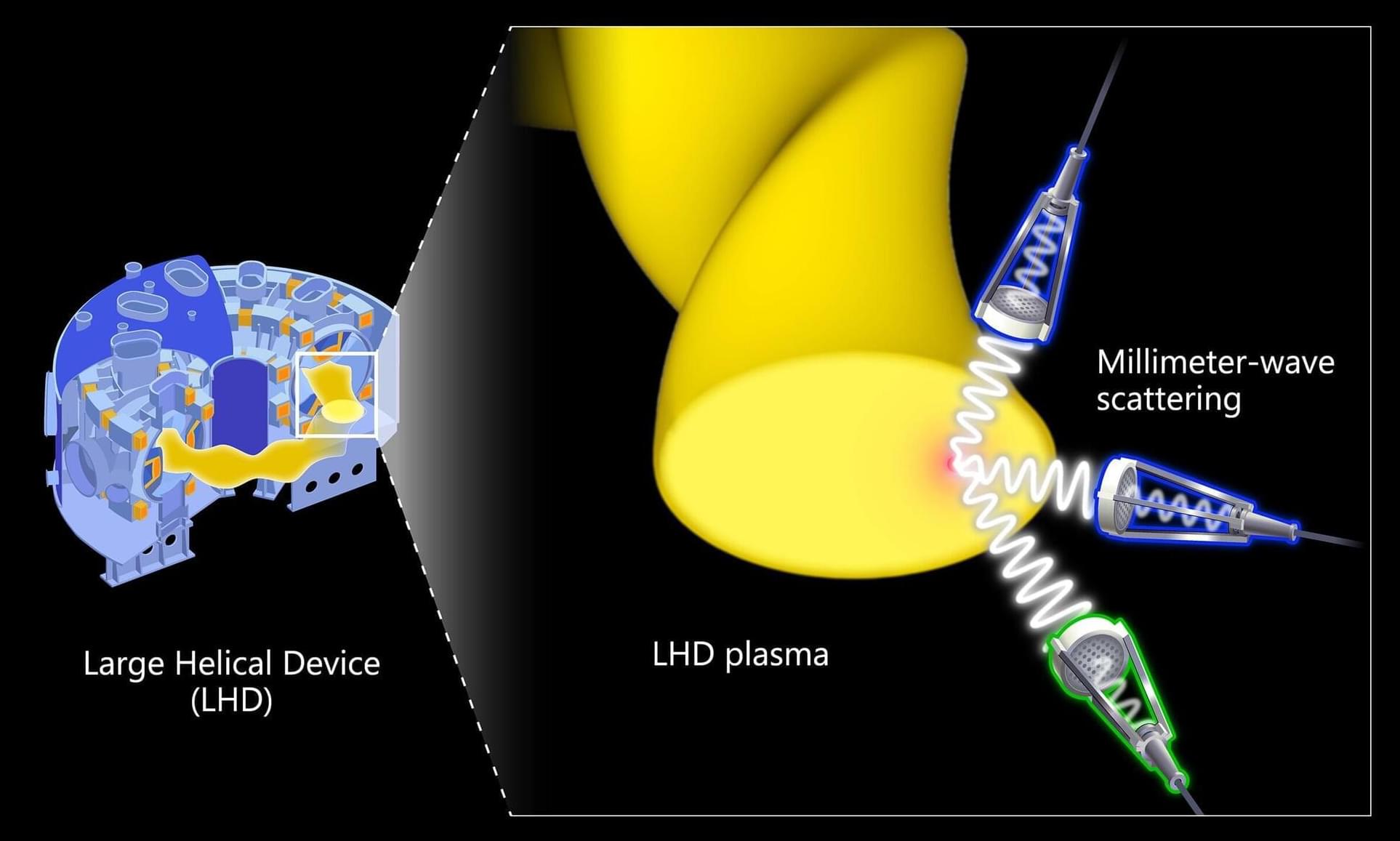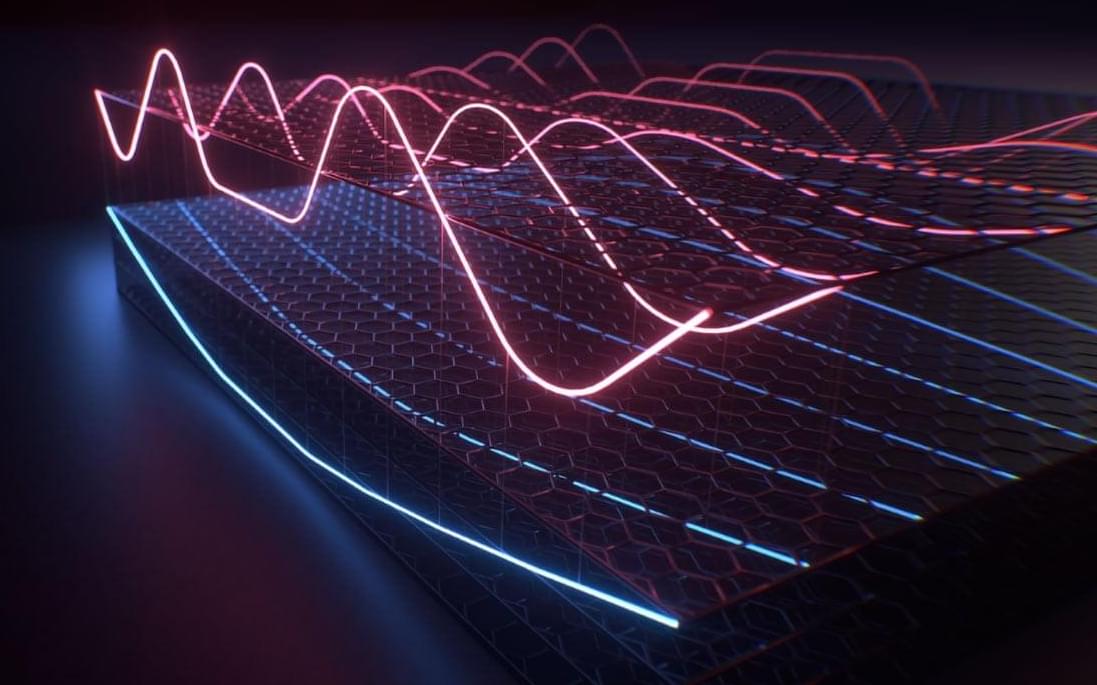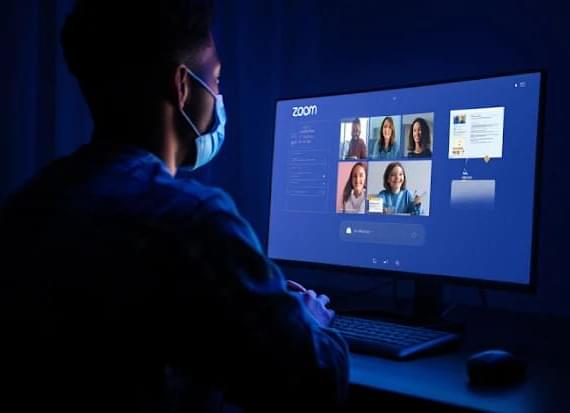Around the world, research is advancing to efficiently confine fusion plasma and harness its immense energy for power generation. However, it is known that turbulence occurring at various scales within the plasma causes the release of plasma energy and constituent particles, degrading the confinement performance.
Elucidating this physical phenomenon and suppressing performance degradation is critically important. Particularly in the high-temperature plasma experiments currently conducted worldwide, micro-scale (just a few centimeters) turbulent eddies forming at various locations within the plasma significantly impact this confinement performance degradation.
While it was known that suppressing this micro-scale turbulence could improve performance to a certain extent, the reason why further improvement could not be achieved remained unclear. In addition, theoretical simulation studies predict that in future fusion power reactors, turbulence smaller than micro-scale will interact and exert influence.









